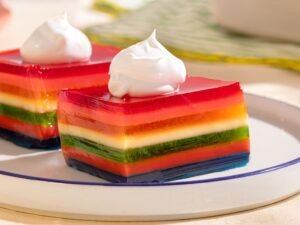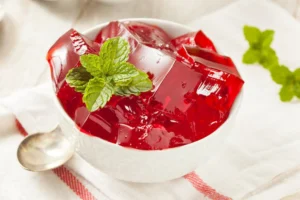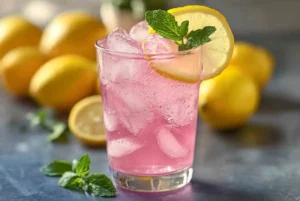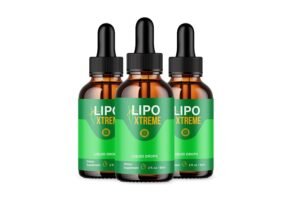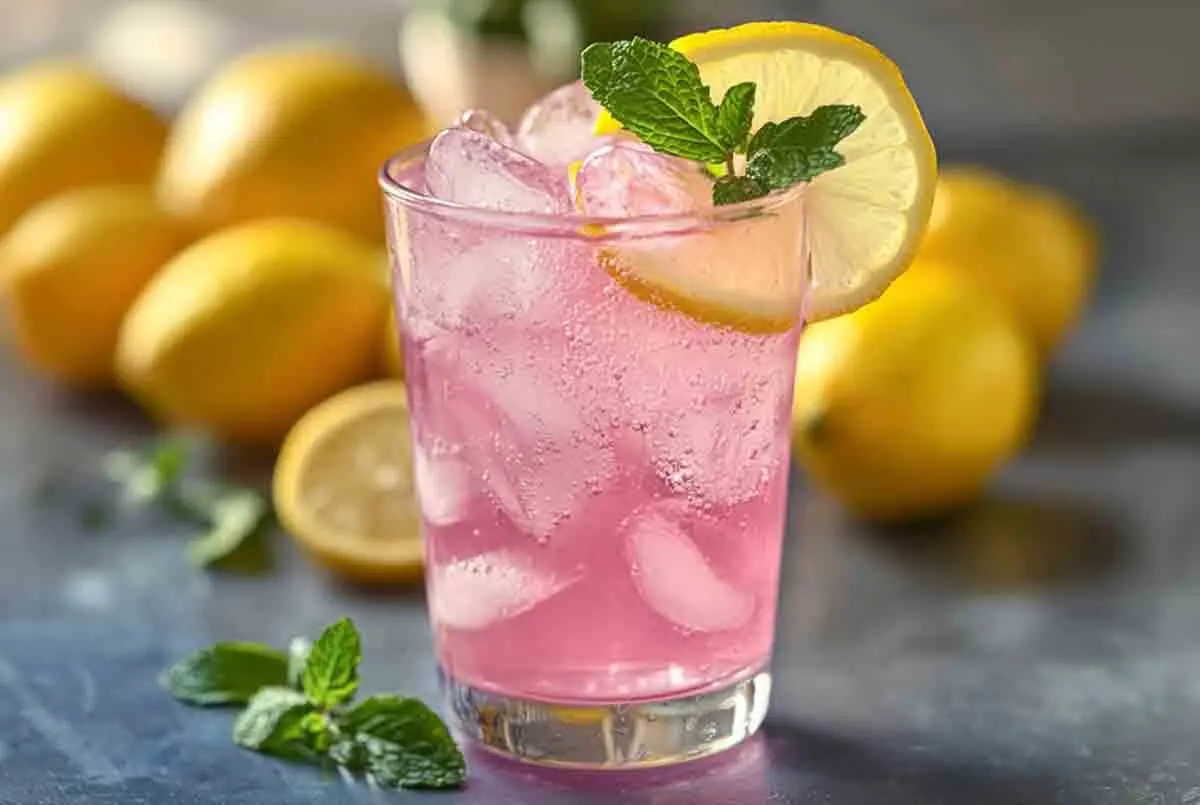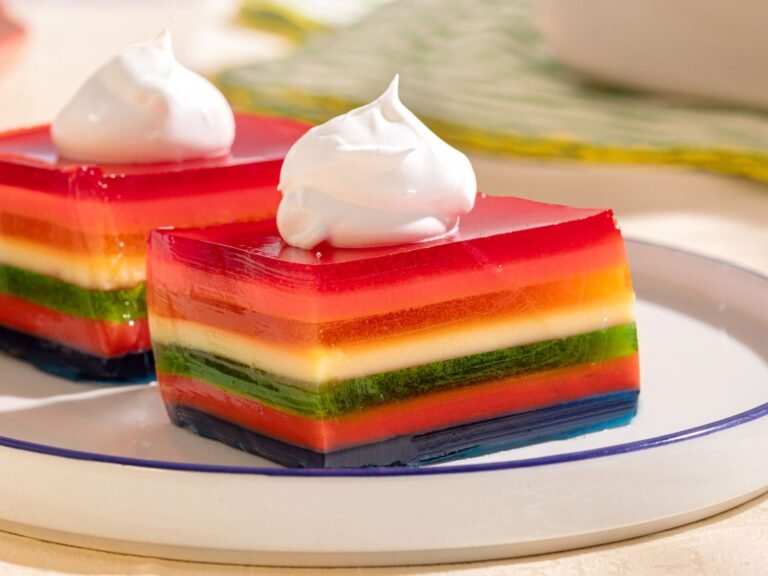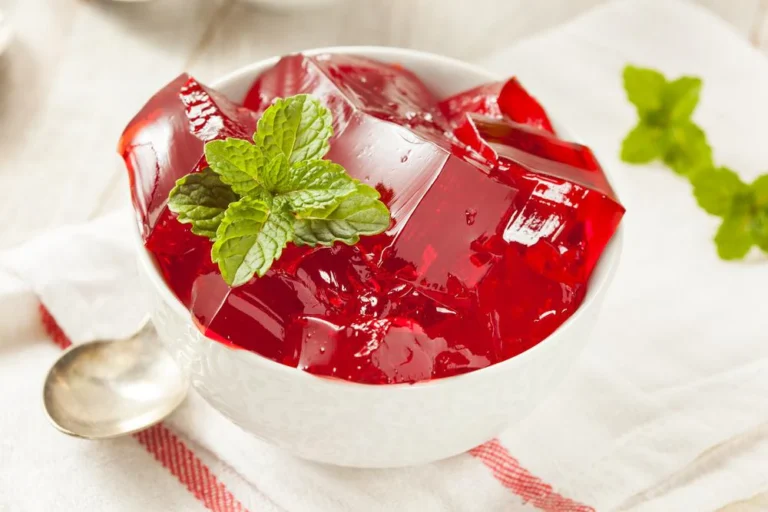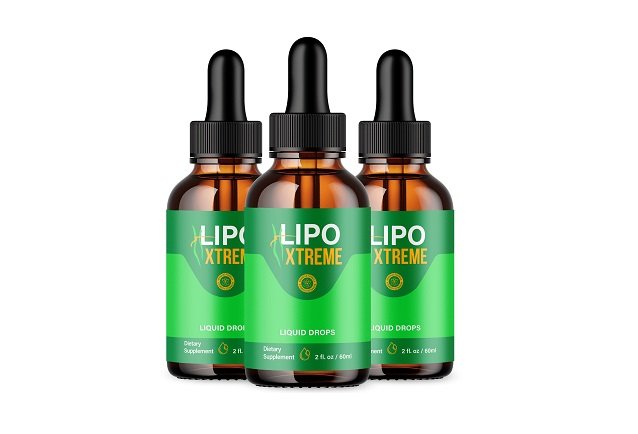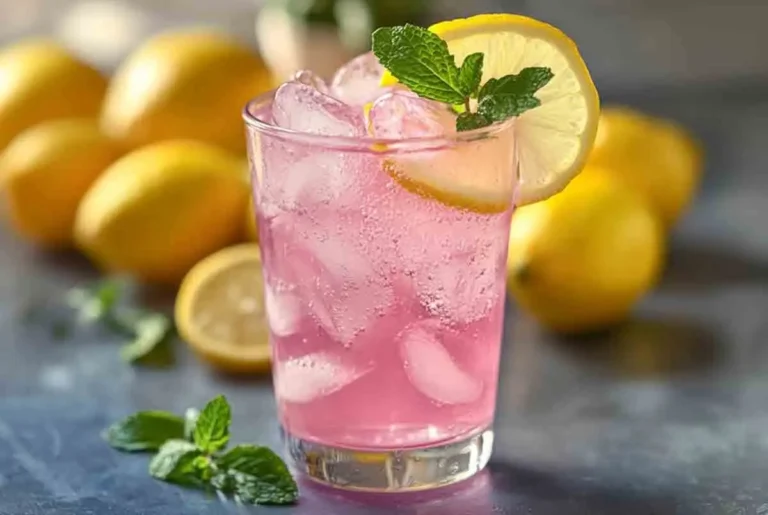Korean pink salt, often called Himalayan pink salt, is a mineral-rich, naturally pink rock salt harvested from ancient seabeds, especially in Pakistan. Its delicate flavor and appealing color have made it a staple in Asian kitchens, valued for both culinary and wellness uses.
Quick Overview: Korean Pink Salt Recipe
Korean pink salt recipes primarily refer to wellness drinks aimed at hydration, digestion, and overall well-being. The most popular form is a morning elixir made with pink salt, water, and often lemon or honey.
Authentic Pink Salt Drink Recipe
Ingredients
-
8–12 oz (250–350 mL) warm filtered water
-
¼–1 teaspoon finely ground Himalayan pink salt (use less for a milder taste)
-
½ teaspoon fresh lemon juice (optional)
-
1 teaspoon raw honey (optional)
-
Add-ons: pinch of grated ginger, splash of coconut water, or mint leaves for variety.
Instructions
-
Pour warm filtered water into a glass.
-
Add the pink salt and stir until fully dissolved.
-
Squeeze in lemon juice and optionally add raw honey for natural sweetness.
-
Stir well and sip slowly, ideally on an empty stomach in the morning for best results.
Variations
-
Add ginger for a spicy, digestive kick.
-
Use coconut water for additional electrolytes.
-
Skip honey for a low-sugar option or garnish with mint for freshness.
The “Sole” Method for Pink Salt
Some traditional Korean recipes prepare a “sole” (pronounced so-lay), which is a concentrated saltwater solution stored for daily use.
-
Fill a glass jar with several tablespoons of pink salt.
-
Cover with filtered water and let sit 12–24 hours, sealed.
-
Use 1 teaspoon of this concentrated solution mixed into a glass of water daily.
Health Benefits and Uses
-
Electrolyte Support: Helps balance hydration and replace minerals after sweating.
-
Digestive Aid: Some report reduced bloating and improved digestion.
-
pH Balance: May contribute to mild alkalizing effects (though evidence is mixed).
-
Daily Hydration Ritual: Encourages consistent morning hydration, forming part of mindful routines.
Traditional Uses in Korean Cuisine
Korean cuisine also features pink salt as a finishing salt for grilled meats, soups, and kimchi. Its mineral profile delivers a subtle umami-rich profile, enhancing natural food flavors.
Practical Kitchen Tips:
-
Opt for coarse over finely ground salt for finishing dishes.
-
When making the drink, use a glass or ceramic cup to avoid a metallic aftertaste.
-
Store any leftover “sole” solution in a cool, dark cupboard for up to one month.
Frequently Asked Questions
Q: Can table salt be substituted for Korean pink salt?
A: No, pink salt’s trace minerals and flavor are unique; regular table salt will not deliver the same taste or potential health benefits.
Q: Is it safe to drink pink salt every day?
A: For most healthy adults, moderate consumption (1/4–1 tsp daily) is considered safe, but those with kidney, hypertension, or cardiac conditions should consult a doctor first.
Q: Does pink salt help with weight loss?
A: There’s no medical proof it “melts fat,” but it may support hydration and healthy routines, which are linked to appetite regulation and well-being
